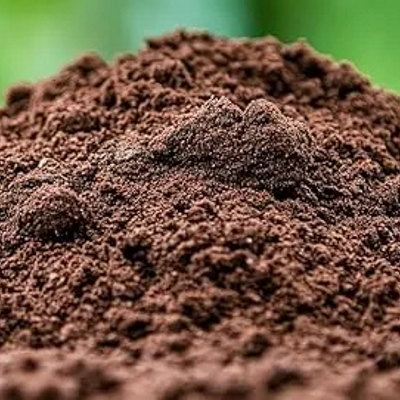You've heard about it, but do you actually know what topsoil is? Everything you need to know about this vital material, and how to buy the right type
Discover how topsoil differs from other types of soil
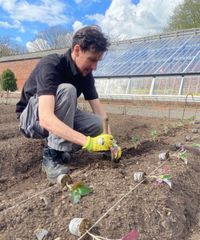
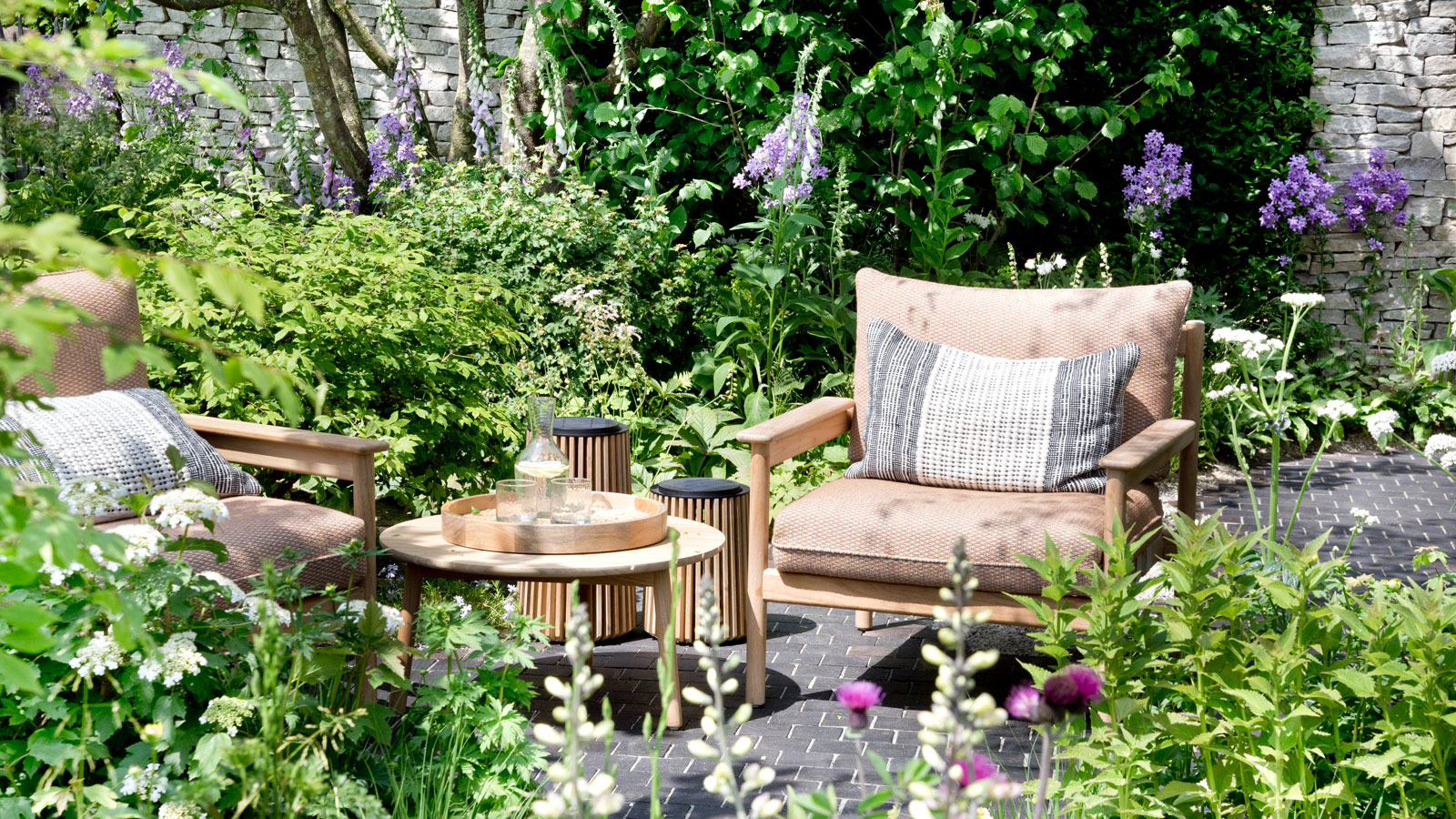
Topsoil is a crucially important part of any garden. It is a term you often hear and a word you see in garden centers and online on products you can use in your yard. But exactly what is topsoil, and what are the options available if you want to add it to your garden?
For starters, topsoil is a naturally occurring product. It is the top layer of the soil and is bustling with nutrients and microorganisms. You have topsoil in your garden, and you can use topsoil to improve garden soil, build new beds, or do many garden improvements.
If you have just started with your garden, or been looking to revamp a space, you may have seen the word and wondered, What is topsoil? If this sounds like you, we want to help. This guide explains what topsoil is, how it differs from other soil, and the types you can use for your backyard ideas.
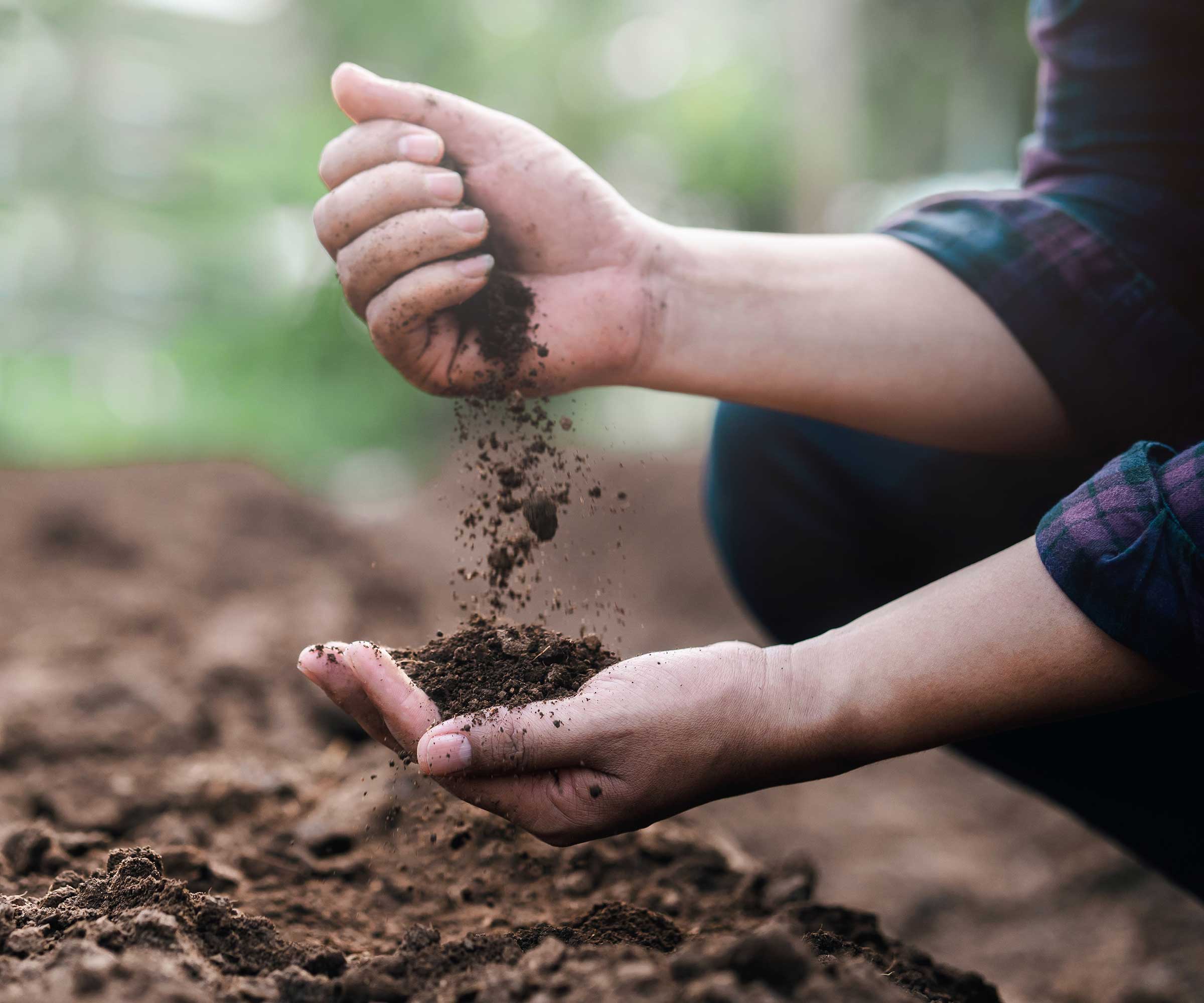
What is topsoil?
Topsoil is the upper layer of the soil, traditionally classified as the top two to eight inches of the soil profile. It is a crucially important layer of soil that contains organic matter and lots of essential plant nutrients and minerals.
Topsoil is also often home to microorganisms and insects that all contribute to making soil a rich source of activity and nutrients.
However, not all topsoil is the same. Even in one garden, there can be different types of topsoil. If you have poor soil, buying and adding new topsoil is necessary to improve your soil and benefit your plants.
In addition to replenishing areas, topsoil is also regularly used to create new beds, fill raised beds, or when laying turf.
Design expertise in your inbox – from inspiring decorating ideas and beautiful celebrity homes to practical gardening advice and shopping round-ups.
What is topsoil made of?
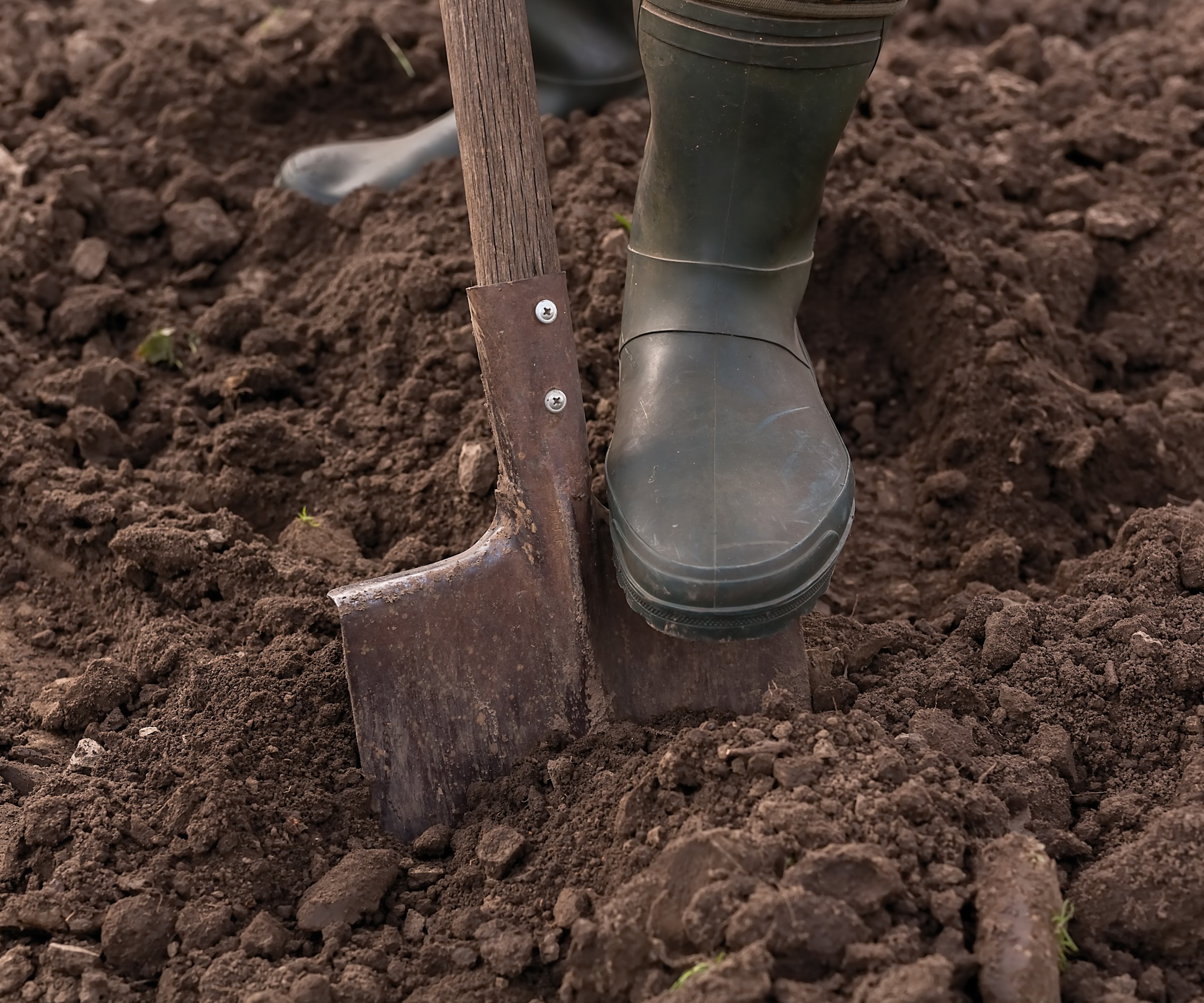
As mentioned, the quality of the topsoil in your garden can differ. The true topsoil in your yard will fit into one of six different texture types, namely clay, chalk, peat, sand, silt, or loam.
These are categorized by particle size and soil structure, and the type does impact the nutrients and drainage. It is advisable to do a soil test to determine your soil type and determine what it needs to make it more suitable for certain plants.
Topsoil consists of tiny rocks, organic matter, water, and air. The rocks and mineral material have been broken down over centuries into small particles, while the organic matter is decayed material from old leaves, twigs, plant matter, and more. Rocks and organic matter typically make up around 50% of topsoil, with the remainder divided between water and air.
Unfortunately, the quality of topsoil in backyards can vary hugely. Your home may have poor soil quality, which is often the case with newly constructed homes. That is where commercial topsoil becomes a beneficial commodity, but it is important to use high-quality topsoil.
The different types of topsoil – know what you’re buying
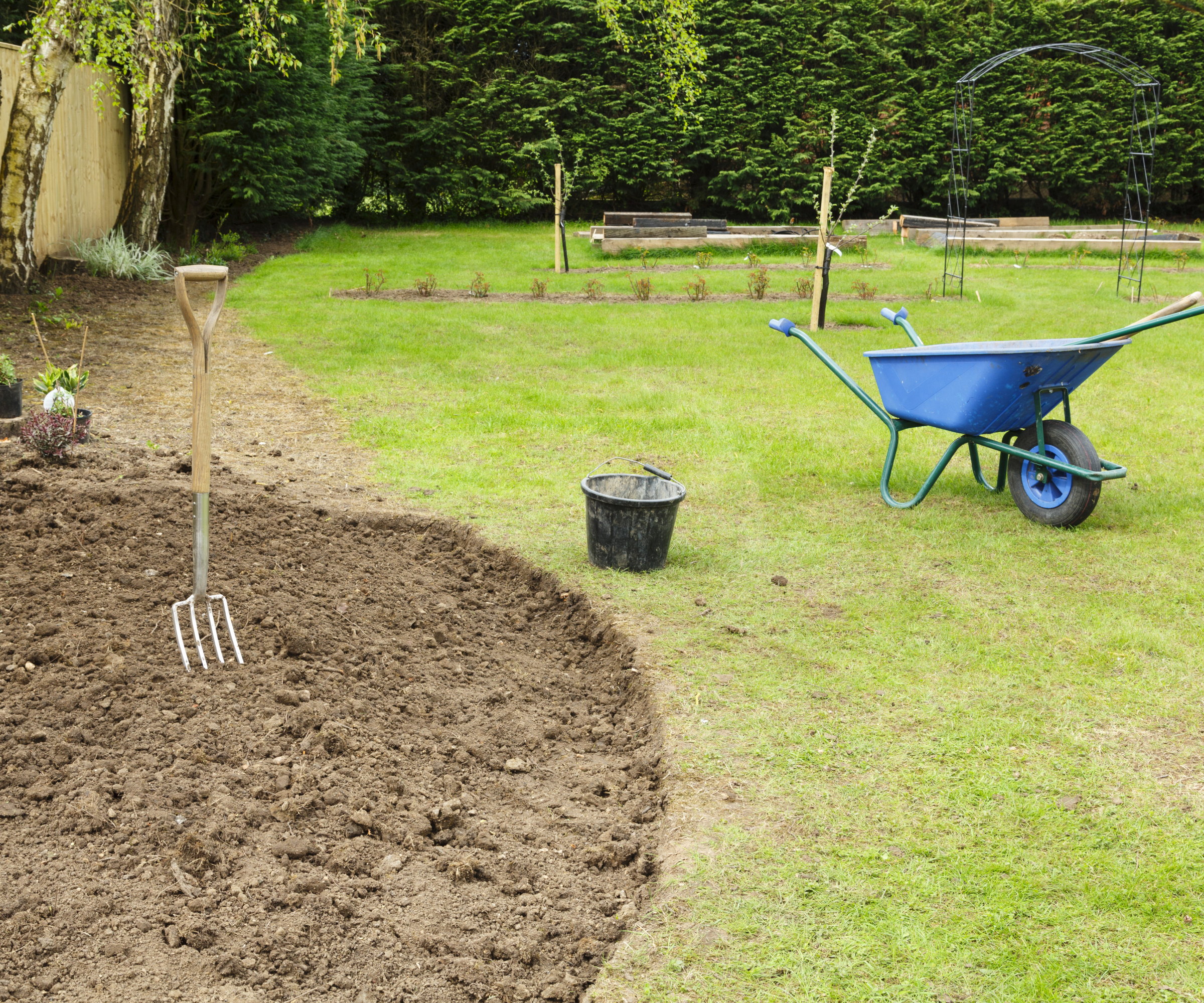
You can purchase topsoil from garden centers or nurseries, landscaping supply companies, and online retailers. The route you choose may depend on how much you need, as topsoil can be purchased in bags or bought in bulk for larger projects.
Depending on what your garden project is, you can choose from different types of topsoil:
- Screened topsoil is high-quality soil that has been passed through a mesh to remove rocks, clumps, or roots. The result is a fine texture. Screened topsoil is more consistent and easier to spread, but comes at a higher price.
- Unscreened topsoil has not gone through a mesh, so it is likely to contain rocks, sticks, or roots and will not be as fine. This topsoil can be used for filling, levelling, or bulk landscaping as it is cheaper than screened topsoil.
- Blended topsoil is a mix of different soils and may include compost, sand, or peat moss. It is a good type of topsoil for creating new flower beds or improving your existing soil in borders, but it can come at a premium price.
Before buying topsoil, it is advisable to view it and look for any presence of stones, roots, weeds, or other undesirable materials. Ideally, the soil will be dark, crumbly, and have an earthy smell. You want clean and safe topsoil to use in your yard, not dirt full of weeds, broken glass, or large rocks or chunks of bricks.
As topsoil can sometimes be sourced from building sites, a quality check is important. A reputable retailer should be able to give details of the origin and supply a soil analysis or specification sheet.
FAQs
What is the difference between topsoil and garden soil?
There is a core difference between topsoil and garden soil. Topsoil is the top layer of natural soil, while garden soil is a blend that has extra organic matter, such as compost, manure, fertilizer, or peat moss, added to enrich it. Garden soil is formulated to be mixed with your native soil or topsoil in garden beds.
What is the difference between topsoil and potting soil?
Potting soil, or a potting mix, is a formulated blend of materials for container gardening. It is a lightweight, often soilless mix that includes materials such as peat moss, coco coir, vermiculite and perlite designed to provide good drainage and nutrients for plants in pots and hanging baskets. Such as this organic potting mix at Burpee. Whereas, topsoil is natural soil made of a mix of organic matter and rock particles.
What is the difference between topsoil and compost?
Topsoil and compost are both nutrient-rich materials made of decomposed organic matter. However, topsoil can be a denser material than compost. Compost is made from decomposed garden waste, food scraps, and shredded paper or cardboard. It is commonly used as a soil amendment, added to potting mixes, or used to fertilize plants either by being incorporated at planting time or as a mulching material.
Shop topsoil
Topsoil is an ideal material to fill a raised garden bed. Using topsoil ensures a quality mix of organic materials without breaking the bank to fill it with purely compost, which is especially vital if you have tall raised beds.
When it comes to what soil to put in a raised garden bed, a good ratio to aim for is up to 60% topsoil, 30% compost and the remaining 10% sand or grit to provide good drainage.
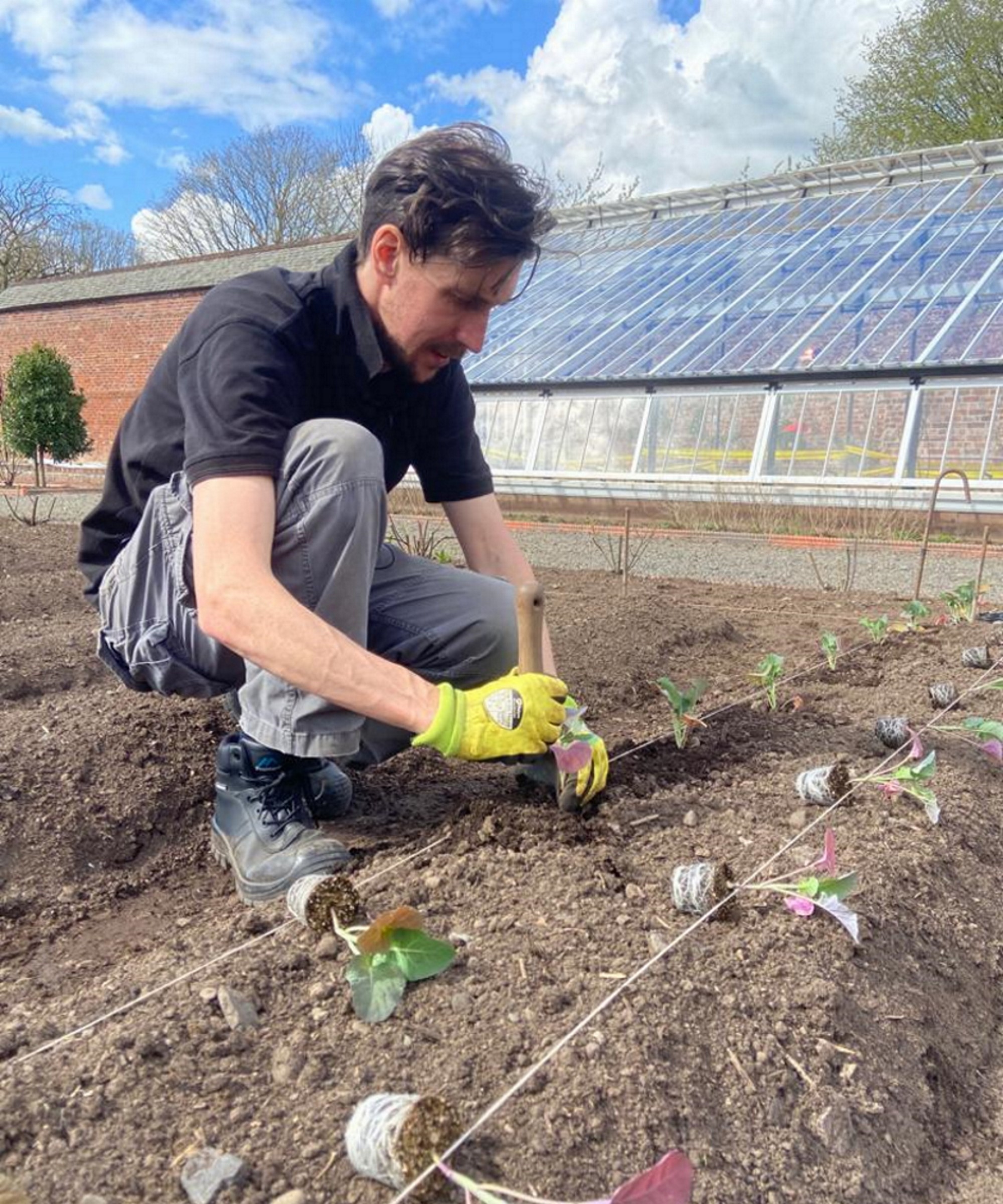
Drew has worked as a writer since 2008 and was also a professional gardener for many years. As a trained horticulturist, he worked in prestigious historic gardens, including Hanbury Hall and the world-famous Hidcote Manor Garden. He also spent time as a specialist kitchen gardener at Soho Farmhouse and Netherby Hall, where he grew vegetables, fruit, herbs, and cut flowers for restaurants. Drew has written for numerous print and online publications and is an allotment holder and garden blogger. He is shortlisted for the Digital Gardening Writer of the Year at the 2025 Garden Media Guild Awards.


